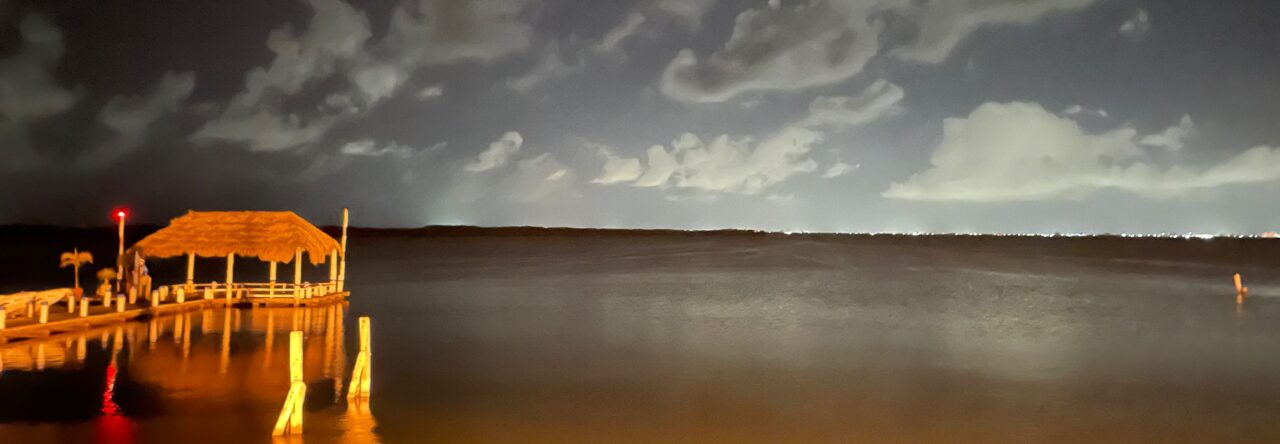
“Alta Valley” screens at 53rd Nashville Film Festival.
“Alta Valley” screened on October 1st at the 53rd Annual Nashville Film Festival. The synopsis for the film says, “To save her dying mother, Lupe, a Mexican Navajo mechanic, bands together with an outlaw cowgirl. She is bound to Maddy Monroe by accidentally helping her rob a pawn shop. Lupe and Maddy must outrun the men from the pawn shop, travel to Alta Valley, and confront Lupe’s father Carl for the first time. Upon their arrival Carl’s many injustices are revealed, including his mistreatment of Lupe’s Navajo family, forcing Lupe to stand up to the corruption.”
The plot seemed primarily a vehicle to show off the blonde cowgirl, Maddy (who is unfortunately given the surname Monroe). At the outset, Maddy-with-the-long-blonde-hair extensions is in trouble with the man connected to the pawn shop and his sons. We never really find out exactly what was the nature of Maddy’s beef with the pawn shop person, but her purse from a rodeo bucking bronco appearance is totally devoted to paying him back.
That $10,000 is deemed inadequate. Maddy needs even more money to satisfy the violent boss, so she throws in with the young Navajo-Mexican girl (Lupe, played by Briza Covarrubias), who is in the pawn shop to pawn valuable Indian jewelry needed to get her ailing mother treatment for a brain tumor. Maddy is on her way to seek a handout from Carl (the man she has recently discovered was her biological father). She thinks Carl owns Alta Vista. The request? $50,000 for medical treatment for her mother’s brain tumor. If Maddy travels with Lupe, maybe there might be money in it for her, too.
[*An aside: two famous people who died in the not-that-distant past of a malignant brain tumor were Ted Kennedy and John McCain. No amount of money can successfully treat a malignant glioblastoma, a very aggressive brain tumor with an average life expectancy of 14 months. Also, the mother seems to fall into and out of a coma in a willy-nilly fashion. But nevermind about that…back to the lightweight plot.]
The beautiful blonde with the long blonde hair extensions, (who, by film’s end, rides a black horse in to save the day,) is played by Allee Sutton Hethcoat. She reminded me of the blonde co-star of “Big Sky,” Katheryn Winnick, who played Jenny Hoyt for 37 episodes on that TV series.
I was puzzled by how eager everyone was to shoot guns at each other in this one, although it is a western. These people spend inordinate amounts of time shooting at each other as they crouch behind cars. (Doesn’t say much for their marksmanship.)
The mountain vistas were gorgeous. It reminded me very much of what you see when traveling cross country on Route 66 from Chicago to Santa Monica (which I once did, collecting ghost stories). Kudos to the cinematographer, Jesse Edwards, (who also wrote and directed).
Early In the movie, Lupe’s mother, Adamina (Paula Miranda) tells her, “One day, you, too, must do the unthinkable and leave what you know to protect the greater good.” She explained to her young daughter how she fled from Cedar City to Alta Valley years earlier. (What she didn’t tell her young daughter was that Lupe’s father was an unscrupulous liar, whom she was fleeing.)
As it turns out Carl (Micah Fitzgerald) was a married man with a wife and 2 children. Mom chose to keep the specifics of Lupe’s parentage from her, but Lupe and Maddy will discover it together. After the “meet cute in the pawn shop” unlikely alliance of Lupe and Maddy, we are also going to be treated to an equally unlikely scene where the two females on the lam must join a group of Hispanic dancers onstage to avoid the men pursuing them. Of course, the two men pursuing them sit in the crowd and watch the dancing, apparently oblivious that the two girls they have been chasing for miles are onstage (even though Maddy is not “in costume” but still wearing the obligatory black jacket, black hat, and holstered pistols, as well as the long blonde hair extensions).
The plot did not seem too well thought out; Carl (Micah Fitzgerald) is either overplayed or overwritten. He is both unattractive and mean, with no redeeming social characteristics, but his demise still seems abrupt and unmourned. (However, it made as much sense, plotwise, as the flamenco dancing scene, so— whatever.)
Mostly, I found the film forgettable. I saw it immediately after watching “Jacir,” which had a lot to say and said it well. “Alta Valley” doesn’t have much of a message. It is not a film I will think about again or one that conveys many universal truths.
Perhaps the one universal truth that we can point to that is articulated in “Alta Valley” is, “There ain’t nothin’ more important than family,” a plot point that has resonated since at least “The Godfather.”
If that is the main “message” of the film, the finale directly contradicts the film’s one universal truth.
I wondered “Why this film at this festival?” Writer/director/cinematographer Jesse Edwards—who has won 3 National Emmy awards and been nominated for 30 more—is the co-founder of the Nashville based Evolve Studio.

